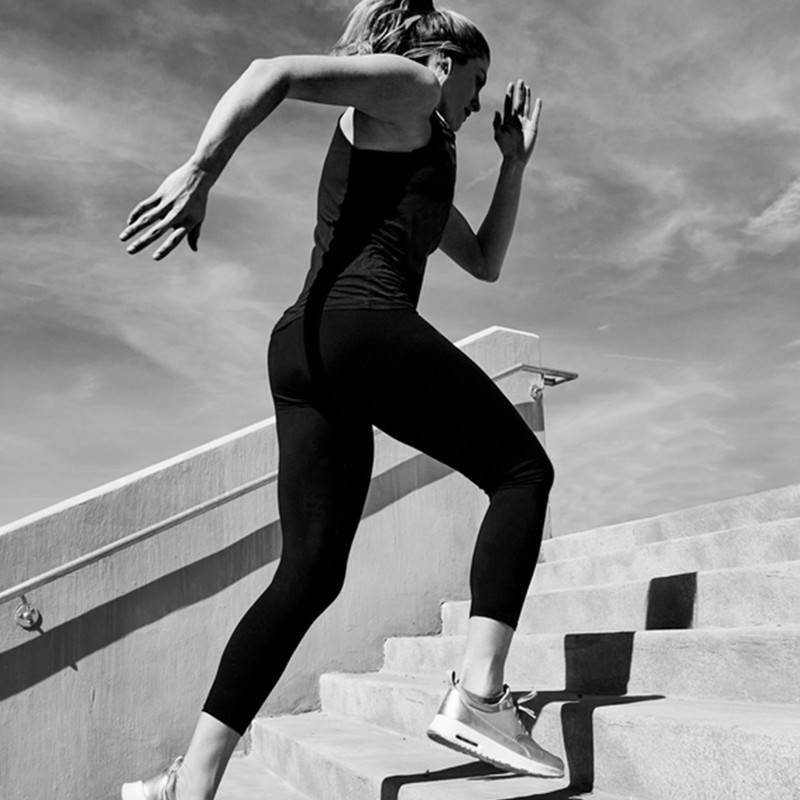10 Ways To Get Into A Running Routine
Start By Walking
“If you’ve decided you want to start running, the temptation is to just put your trainers on and start running. However, most injuries occur from doing too much, too soon, so thinking long-term is essential. It may sound boring, but if you are serious about progressing, you want to start slow. If you are a total beginner, your week could look something like this – two walks of around 40-60 minutes, one to two strength sessions, and a run/walk interval session. Try this for two to three weeks, gradually increasing the running durations in the run/walk session to build the habit. Remember walking uses the same muscles as running, just in a different way, one being load. As you progress, you can start to mix the runs up from an intensity perspective, so long as some sessions are easy. Some can be fast with breaks, some can be at a pace that challenges you, although ditch short easy runs – you’re better off doing a long, fast walk.” – Anthony Fletcher, founder & CEO of Onetrack
Buy A Decent Sports Bra
“The most common problem women make with their sports bra is having an underband size that’s too big, and a cup size that’s too small. Gaping fabric means the cup size is too big, and if your underband is rising up or can be pulled two inches from your body, you should size down. Get professionally fitted and get into the habit of doing so every six months – your size fluctuates more than you think. It’s second nature to replace running trainers once they’re worn and used, and you should also think about the frequency with which you replace your sports bra. It’s a piece of kit that works hard to cushion impact, provide comfort, and support weight.” – Charlotte Gill, founder of PeBe
Book A Gait Analysis
“The right trainers will support your joints, tendons and muscles by softening the blow of each stride. Your tendons connect your muscles to your bones and when running, approximately 7.5-8 times your bodyweight transfers through each leg as you stride. This means that for the average 60kg woman, each leg takes around 450g per stride – this equates to a lot of pressure on tendons, muscles and joints as a whole. Find a running shop near you that offers gait analysis to ensure you get the support you need for your body.” – Brett Durney, PT at Fitness Lab
Add Ten Minutes To A Longer Run
“On a weekly basis, you should be aiming to do a little bit more of something in order to keep the body challenged. This could be something as simple as adding ten minutes onto your longest run of the week, adding an extra 30-second rep in an interval session or pushing ten seconds per kilometre faster in a tempo run. Just remember that the harder you work, the more important recovery becomes. So, how do you know you are improving? Think about the rate of perceived exertion (RPE), which is on a scale from one to ten, the low numbers being easy and the high numbers being harder efforts. The best sign you’re improving is that runs start to feel a little easier. But remember that if it feels harder, it doesn’t mean you’re getting worse – we naturally fluctuate from week to week.” – Anthony
Accept You’ll Have Bad Days
“One of the biggest myths surrounding motivation is that runners are motivated and in the mood all the time. This just isn’t true – you have to accept there will be tough days when you’re not up for it, or the weather isn’t perfect. Consider a virtual coach or virtual running club, such as Onetrack – it will guide you through a session so you can train smart but also not on your own.” – Anthony
Don’t Forget Resistance Training
“Even though you want to get better at running, don’t forget that resistance training will keep you strong and stable across your core, shoulders, glutes, knees and ankles. This is essential to ensure your energy transfer is working optimally in each stride. Bad stability will result in energy transfer in each stride being used inefficiently.” – Brett
Always Bookend A Run
“You will almost certainly get tight after each run in the early days. This will typically occur 24-48 hours after each run and is perfectly normal. Stretching dynamically before running and statically after running will make a difference, so always incorporate a warm-up and cool down. ITB syndrome, which can lead to ‘runners’ knee’ is the most common running injury, particularly among beginners. The best way to avoid this is to strengthen your glutes (ideally through strength training) and ensure you learn how to roll our your ITB using a foam roller.” – Brett
Fuel Longer Runs
“As a general rule of thumb, up until around 60 minutes of running, you’ll likely be fine on the resources you hold within your muscles (glycogen and fat) to fuel activity, but thereafter you’ll need to take on carbohydrates at a rate of approximately 30g of carbs every 15-30 minutes after 60 minutes. If you plan to run for longer than an hour, experiment with different gels to find one that suits you and your digestive system.” – Brett
Start A Diary
“A diary is an essential piece of training kit. It can be digital or in a paper diary, but something where you can add up your mileage from the week and also add notes such as RPE. That way, you can go back and check what you were doing two or three months ago, and how it compares to now. It’s so easy to get lost in the grind and forget how far you’ve come.” – Anthony
Keep The Pace Up
“Maintaining momentum is one of the biggest obstacles beginner runners face. If your motivation is waning, consider partnering up and running with a friend or colleague; entering a race so you have a motivating target to work towards; using an audio run coach; hiring a trainer; or simply having a stock of great playlists and podcasts to listen to when running. Having good-quality kit you enjoy using can also make you look forward to a run – a good pair of headphones that don’t fall out when running, a decent phone holder and clothes that contain pockets for your keys are essential.” – Brett
Ready to get going? Here, Anthony shares his top tips…
DO…
- Fuel yourself. Running without fuel in the tank shows minimal benefits when you’re starting out. Don’t be afraid to eat and listen to your appetite.
- Look after yourself. Strength work can help build you up and prevent you from walking strangely after a run in the early days. Mobility should restore the body, and less is more, because you can do it more often.
DON’T…
- Compete with others in training – save that for race day. Work on your body, build your mind and then unleash it all in a race or time trial.
- Take your body for granted. You have a lot of good years ahead of you – so take the time to warm up, cool down and never overdo it.
- Use social media as a reference for how good you are. You’re training for your own reasons.
For more, head to Onetrack.club & Fitnesslab.Fit and follow @OneTrack_Club
Shop Our Running Edit...
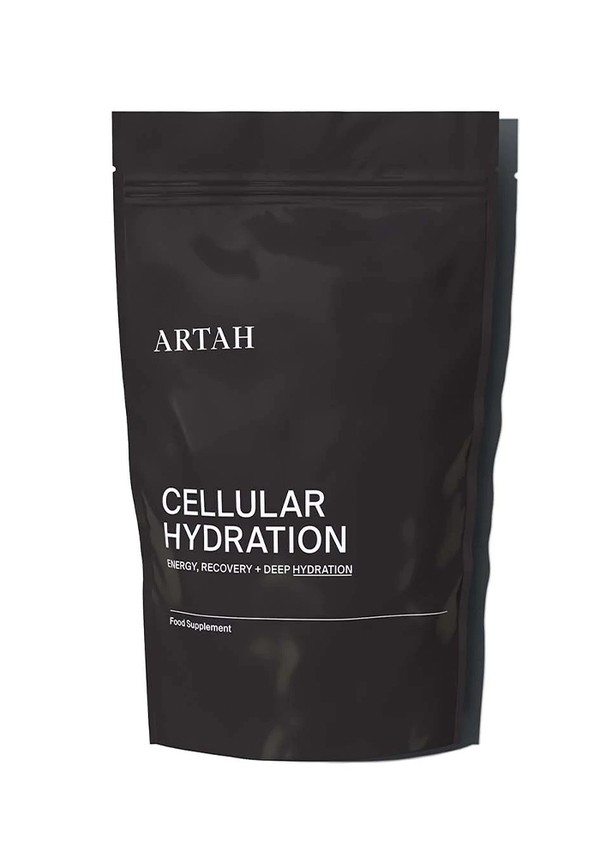
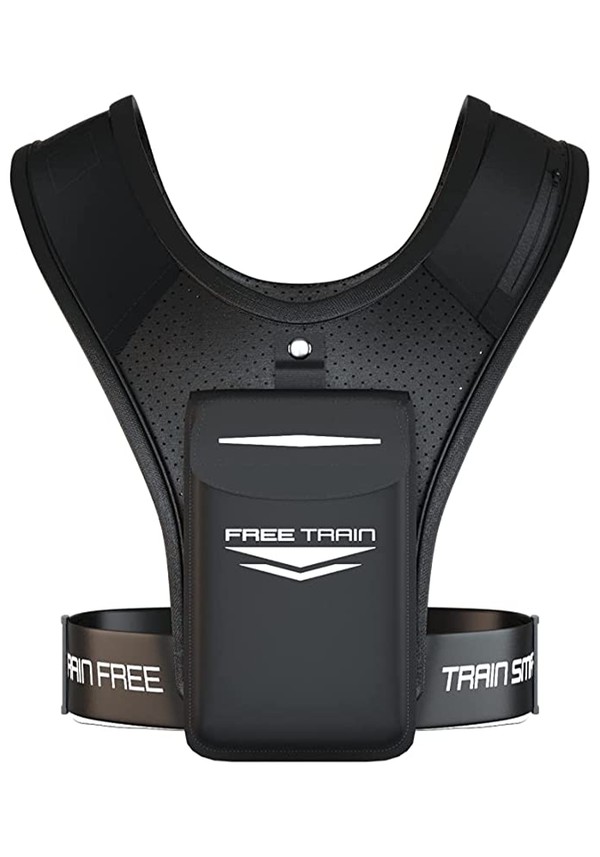
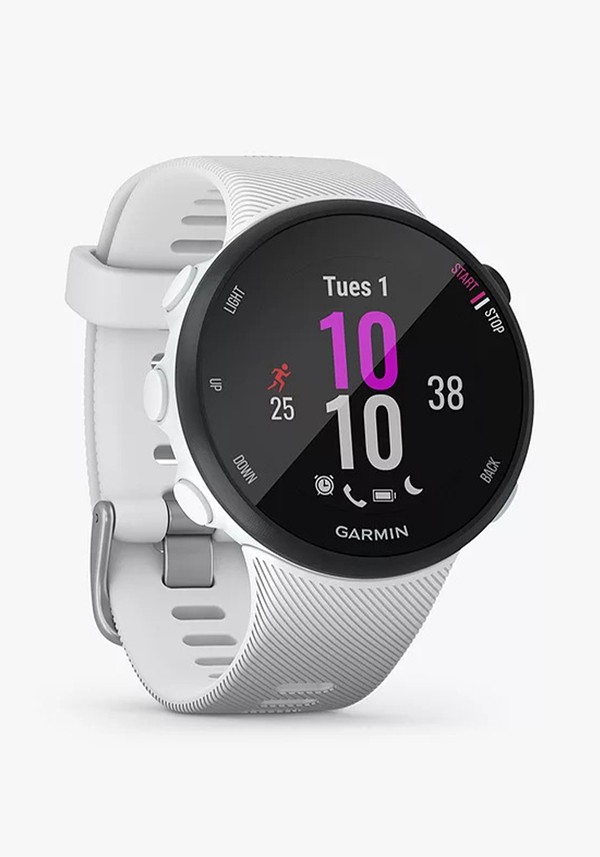


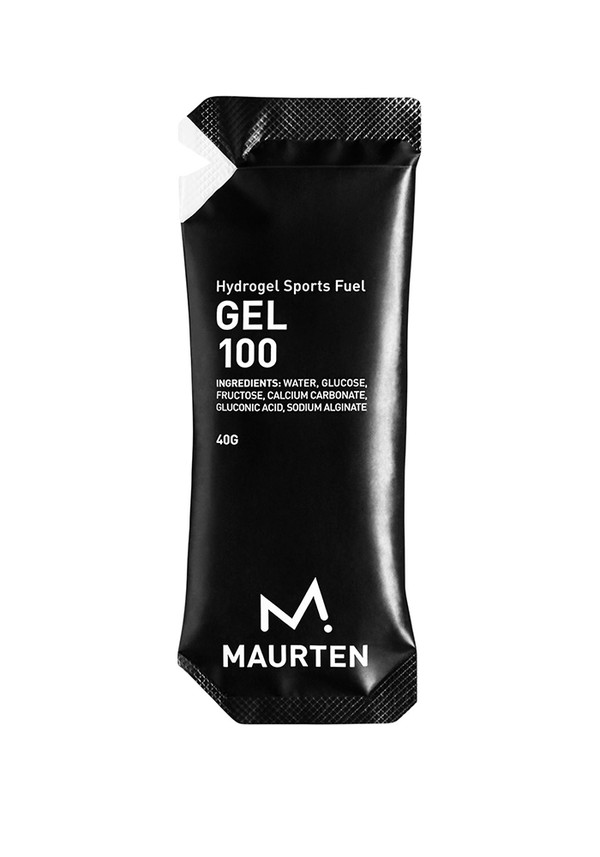
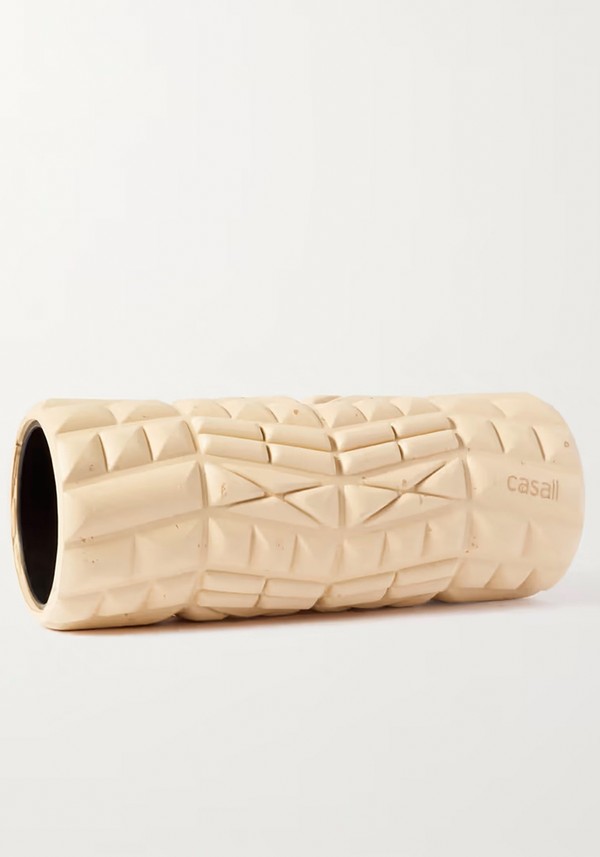
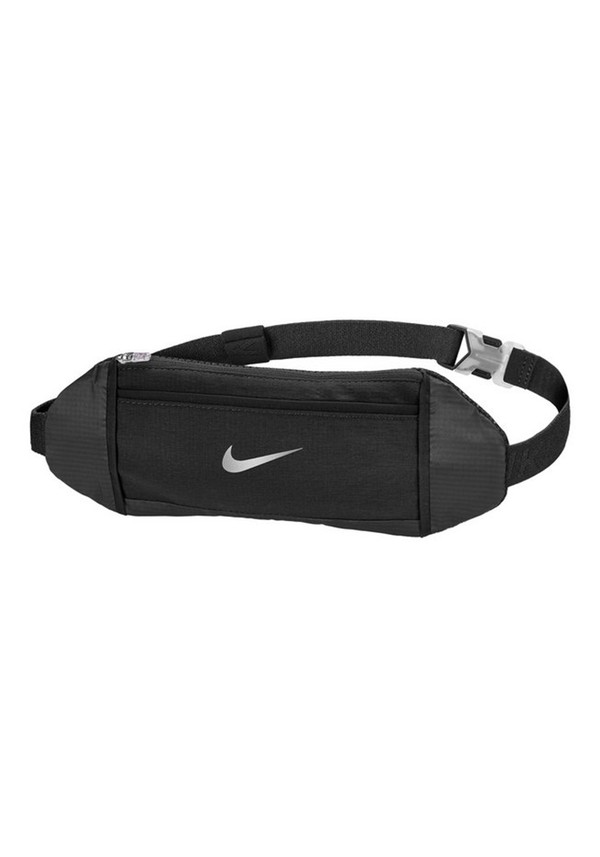

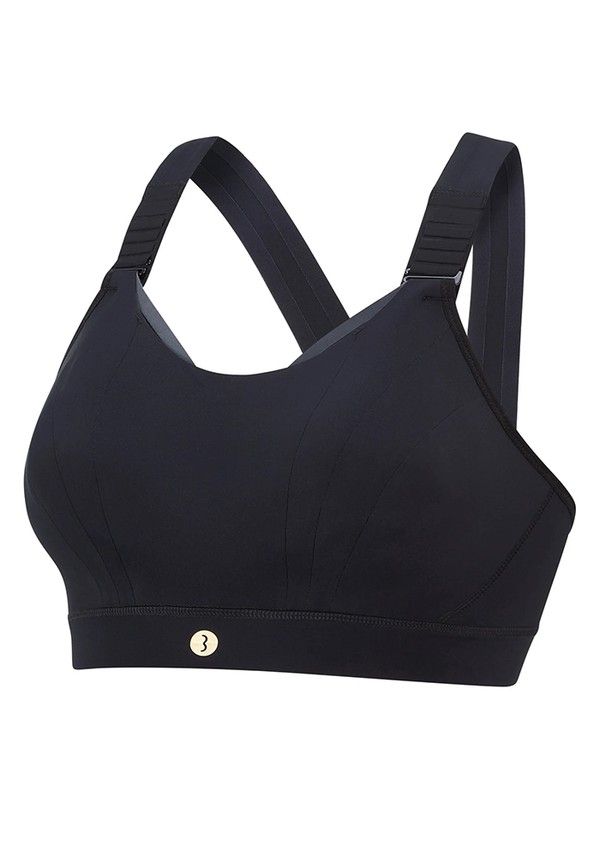
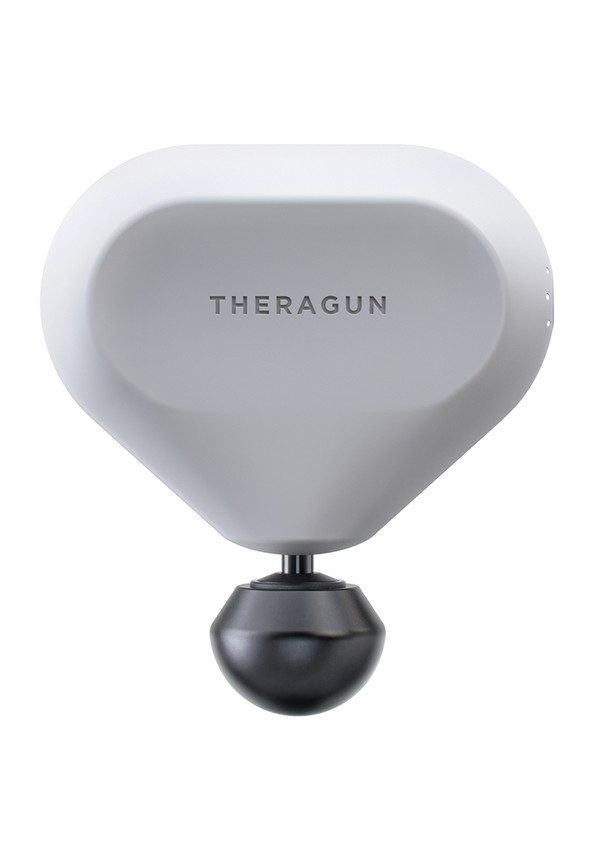
DISCLAIMER: Features published by SheerLuxe are not intended to treat, diagnose, cure or prevent any disease. Always seek the advice of your GP or another qualified healthcare provider for any questions you have regarding a medical condition, and before undertaking any diet, exercise or other health-related programme.
DISCLAIMER: We endeavour to always credit the correct original source of every image we use. If you think a credit may be incorrect, please contact us at info@sheerluxe.com.
